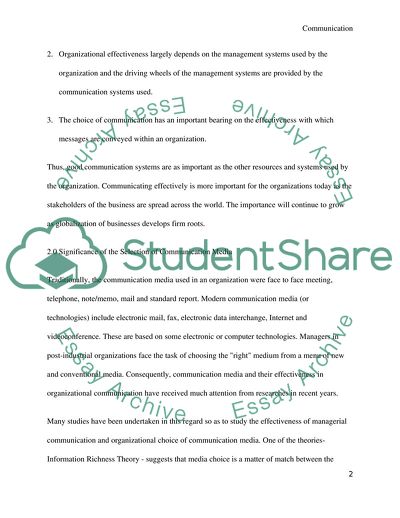Cite this document
(The Selection of Effective Mode of Communication Research Paper, n.d.)
The Selection of Effective Mode of Communication Research Paper. Retrieved from https://studentshare.org/media/1725617-organizational-communications
The Selection of Effective Mode of Communication Research Paper. Retrieved from https://studentshare.org/media/1725617-organizational-communications
(The Selection of Effective Mode of Communication Research Paper)
The Selection of Effective Mode of Communication Research Paper. https://studentshare.org/media/1725617-organizational-communications.
The Selection of Effective Mode of Communication Research Paper. https://studentshare.org/media/1725617-organizational-communications.
“The Selection of Effective Mode of Communication Research Paper”. https://studentshare.org/media/1725617-organizational-communications.


